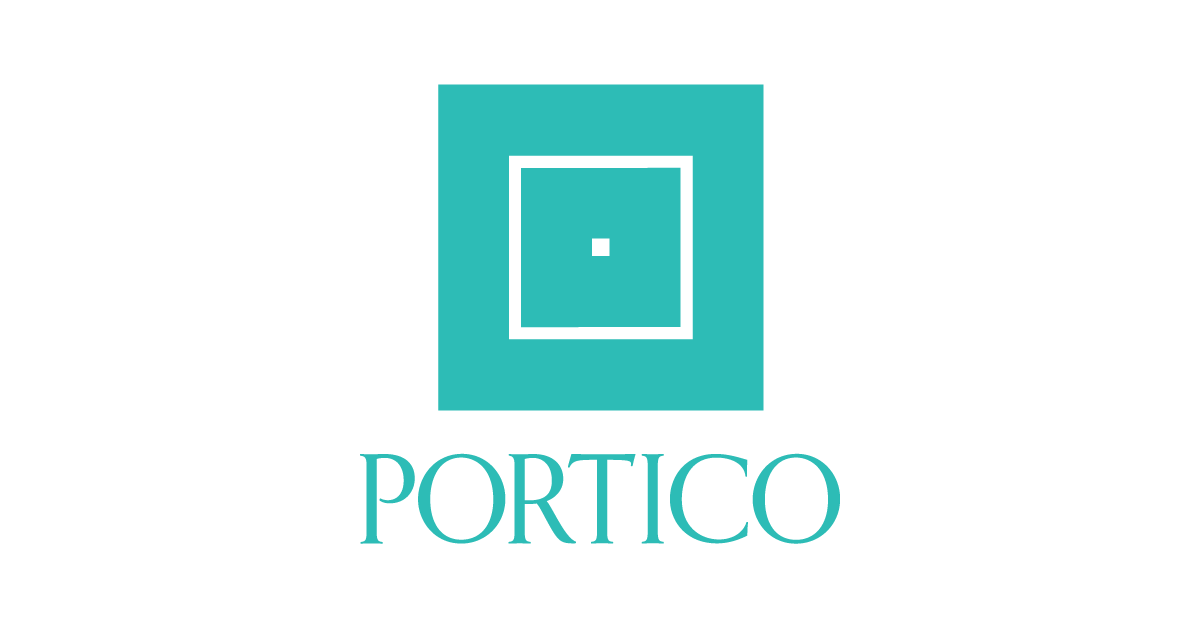Abstract
This study aims to optimize the architectural integration and energy performance of nano-ceramic window films in a three-story Baghdad commercial building having an overall area of 2,000 m2. In a 40% window-to-wall ratio (WWR) and climate-responsive orientation, films were selected for solar exposure; north façade overhanging high-transmittance movies, east and west vertical fins on medium-transmittance movies, and south horizontal louvers on low-transmittance movies. Architectural strategies for daylighting, comfort, and façade appearance with low solar heat gain (SHG) were considered. MATLAB 2022 simulations evaluated energy savings, daylight transmission, and solar rejection. The most effective film (either film, HD-IR05100) achieved 29,750 kWh of annual energy savings. The project combines environmental design and the latest façade articulation, proving it possible to achieve passive solar control without compromising visual transparency. 2D technical illustrations and 3D photorealistic renderings support the aesthetic and functional benefits, endorsing nano-ceramic films as a design-led, sustainable solution in tropical climates.
Recommended Citation
Shaker, Lina M.; Isahak, Wan Nor Roslam Wan; and Mahdi, Ahmed Salih
(2025)
"Architectural Optimization of Façade Design Using Nano-Ceramic Films for Green Buildings in Baghdad’s Hot Climate,"
AUIQ Technical Engineering Science: Vol. 2:
Iss.
2, Article 10.
DOI: https://doi.org/10.70645/3078-3437.1039













Follow us: